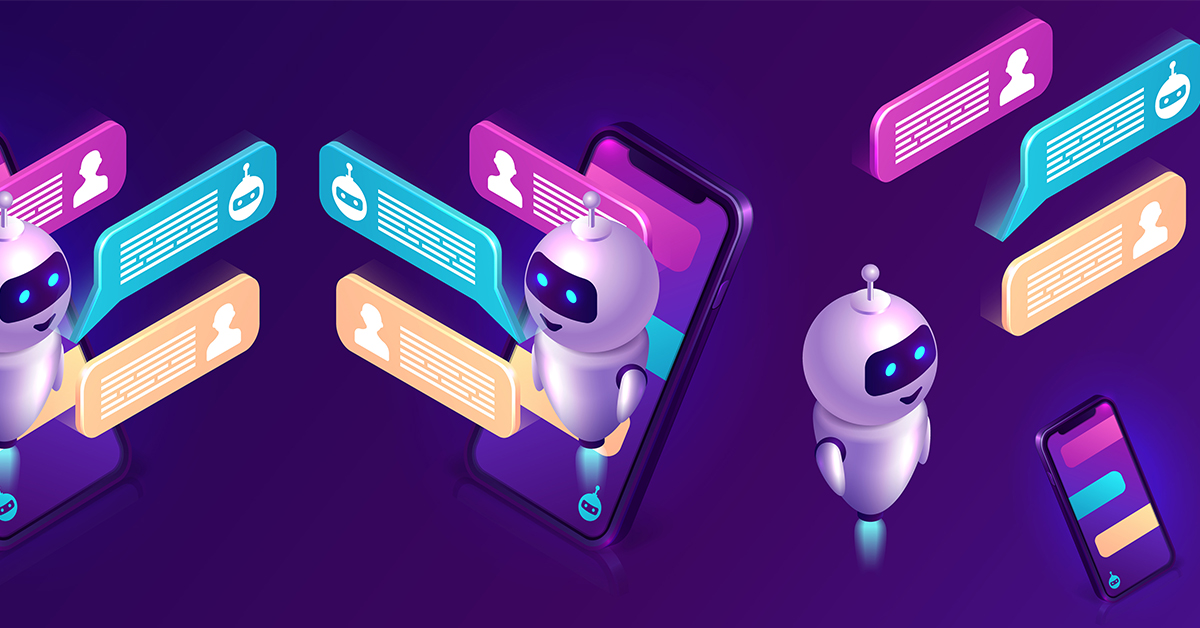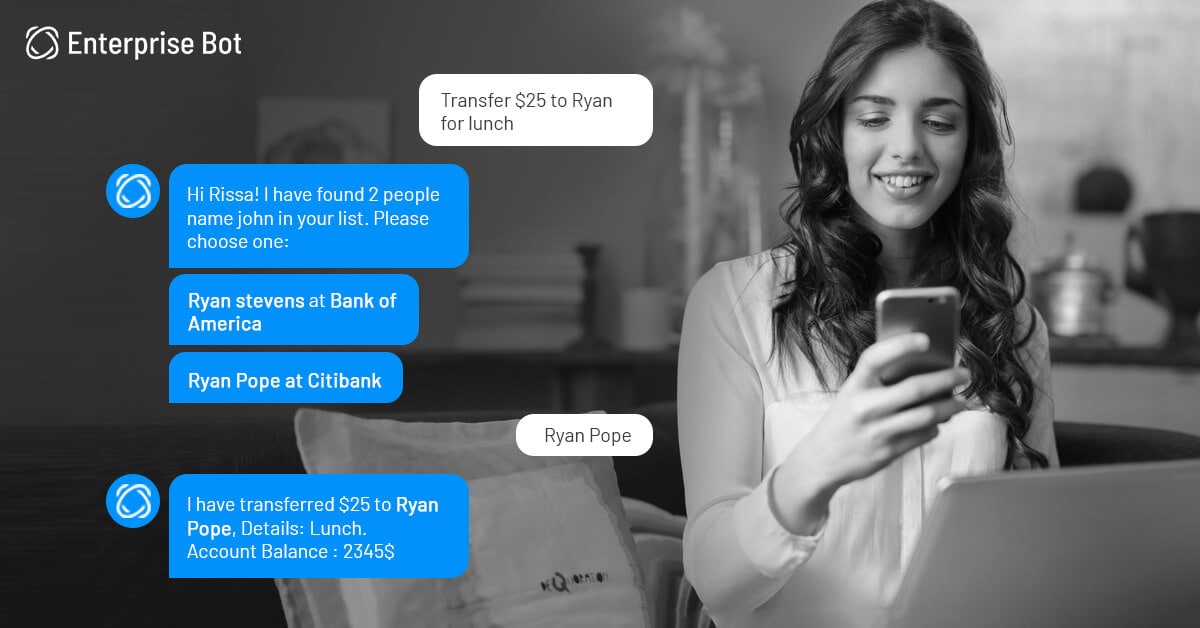An Essential Guide To Applying Conversational Design For Chatbots

Conversational design is a critical component of chatbots that enables them to have proper conversations and interactions with humans. By applying good conversational design, chatbots will be less likely to give negative experiences to the users such as by giving the wrong weather forecast, not being able to finish the conversation, or repetitive, monotonous, and uninteresting tone. All these changes are programmable and stem from conversational design, which is critical for keeping the user satisfied.
What Is Conversational Design?
Conversational design is a type of language based on human experiences and conversation. It requires knowledge of user interface design, audio design, linguistics, psychology, and copywriting. When these pieces of knowledge are implemented well together, designers can create a chatbot that can have natural conversations and ensure user satisfaction. There are different principles chatbot designers apply when designing chatbots to create the best possible experience and engagement for users.
Aware of Context
If your chatbot is more aware of the context of the conversation or engagement, it can communicate better to you. Although chatbots can't answer and respond to every single query, the goal is to create chatbots that can respond better in every situation given the situation context. This could involve implementing more personalized chatbot greetings which could pop up when users do a certain activity or spend a certain amount of time on a website.
It would also help if your chatbot can keep up with current news and important events as this can provide a good conversation topic for users. Ideally, your chatbot should be aware of the context and convey messages and respond to users the same way your employees would. This is one of the conversational design methods that help greatly in ensuring customers continue to interact and engage with the chatbot.
Honesty
A successful chatbot can prevent confusion by offering reliable and consistent information. Your users should know what to expect when clicking on the buttons, links, and cards sent by your chatbot. This provides an honest conversational interface that delivers content that is consistent with the user’s needs and expectations.
Prevent misleading or eye-catching captions which promote products that users are not interested in or know nothing about. This would erode trust and ruin the conversation and user experience. Being honest also means that your chatbot should deliver information that is consistent and up to date with current events. Thus, you should always update your chatbot content if there are any important changes to company policy or important events. Try chatting with your chatbot occasionally to pick up on any mistakes or inconsistencies. By providing proper and reliable information and data, your customers would have a good experience and would want to continue engaging with the chatbot.
Simple and Clear
Studies have shown that people prefer to use chatbots due to the quick response time at which they answer simple questions. Thus, when creating a chatbot, it is important to keep conversations and replies as simple, clear, and concise as possible. This helps to support the conversation, improve user experience and quickly solve any problems users may have. Avoid metaphors, idioms, or long ambiguous statements that slow down the conversation and do not answer the question.


